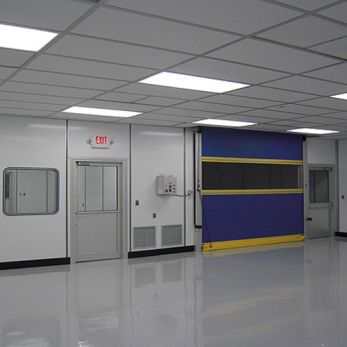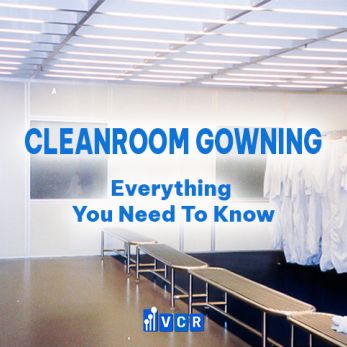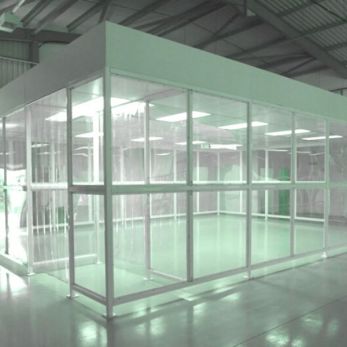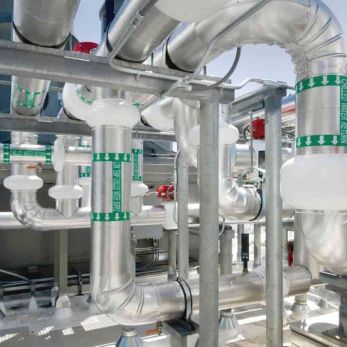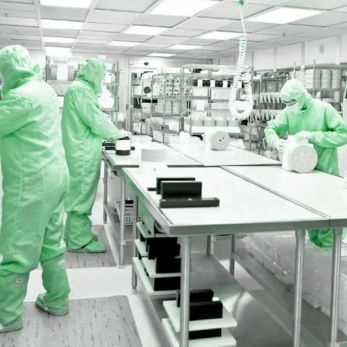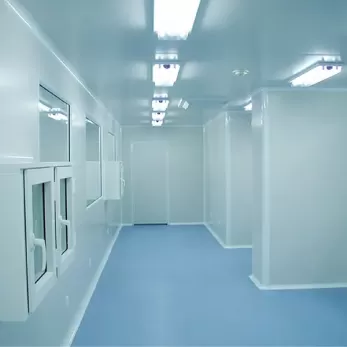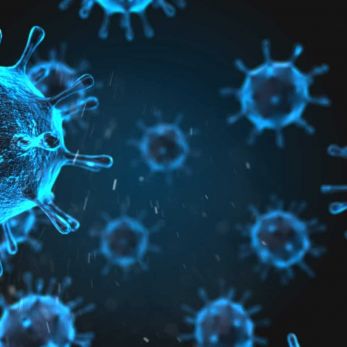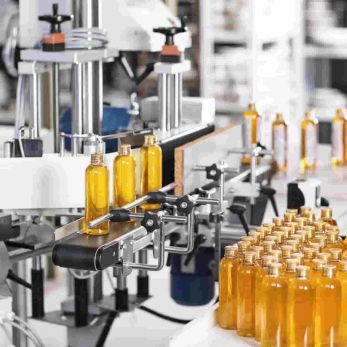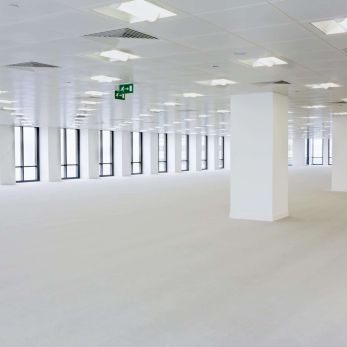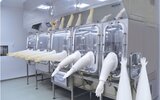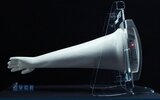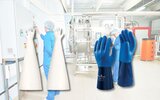Requirements for ventilation in vaccine manufacturing cleanrooms
Vaccine production needs specialized cleanroom areas, which brings new challenges to the cleanroom design. One of the factors to pay attention to in cleanroom design is ventilation and air conditioning system. This article will show you the requirements
Vaccine production needs specialized cleanroom areas, which brings new challenges to the cleanroom design. One of the factors to pay attention to in cleanroom design is ventilation and air conditioning system. This article will show you the requirements for ventilation in vaccine manufacturing cleanrooms. Let's find out!
1. An independent air supply and exhaust system should be installed in the containment area.
When the system is running, make sure the airflow in containment area flows from the low-risk area to the high-risk area. The air in the containment area should not be recycled and should be discharged after being filtered through two-stage HEPA filters.
2. The air supply and exhaust system should be set up in areas with different biosafety levels or relatively independent containment area.
3. The arrangement of the air supply and exhaust vents in the working zone of vaccine manufacturing facility should comply with the principle of laminar airflow, which is conducive to reducing the eddy current and airflow dead zone in the room.
The airflow of the air supply and exhaust vents should not affect the normal functions of other equipment.
4. The external air outlet of the workshop should be set in the downwind direction of prevailing winds (relative to the fresh air inlet). The design shall be rain-proof, rodent-proof, and insect-proof but shall not affect upward gas discharge.
5. HEPA filter should be installed near the supply air outlet to the containment area and the exhaust air outlet from the containment area.
6. HEPA filter for exhaust air should be decontaminated and leak-tested on site.
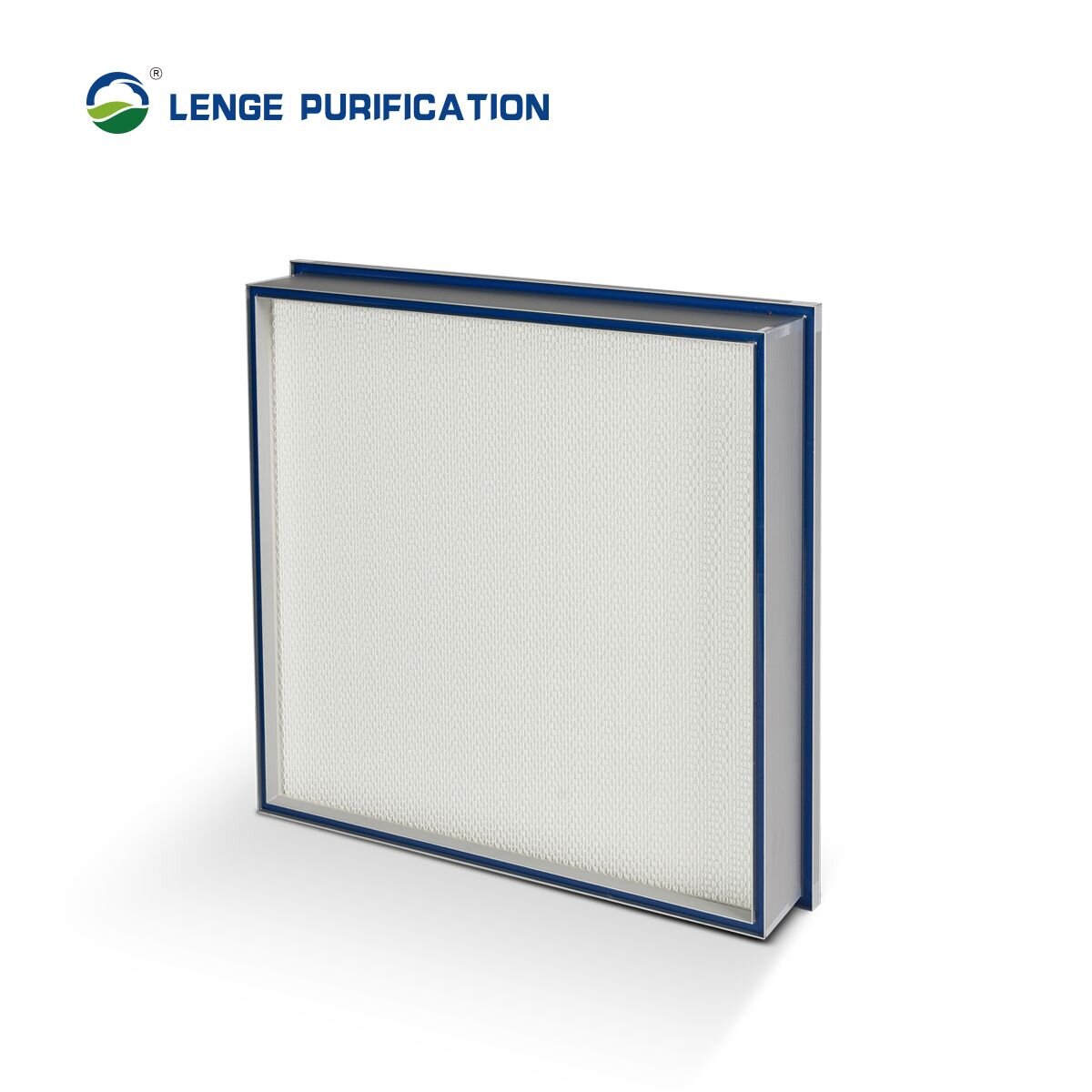
7. The use of biosafety high-efficiency air filtration device outside containment cleanroom shall have a type inspection proving its effectiveness. The overall sealing performance of the biosafety high-efficiency air filtration device should reach the condition of closing all passages and maintaining the temperature in the chamber at the upper limit of the design range.
If the air pressure is maintained at 1000 Pa, the rate of air leakage in the chamber per minute should not exceed 0.1% of the net volume of the chamber.
8. When the overall disinfection of the air supply and exhaust system is adopted, biological airtight valves should be installed at the key joints of the air supply (or fresh air) and the main exhaust air pipeline in the containment area
When the room airtight disinfection is used, the air supply and Bio-seal valves are installed at key nodes of the exhaust duct.
9. The supply and exhaust pipes connecting the biological airtight valve with the protection area shall be firm, easy to sterilize, corrosion-resistant, and anti-aging. Stainless steel pipes are highly recommended.
Under the condition that the temperature in the pipeline is at the upper limit of the design range, the air pressure is maintained at 500 Pa, and the air leakage per minute in the pipeline should not exceed 0.2% of the net volume in the pipeline.
10. Backup fans for the supply and exhaust system shall be provided.
The length of exhaust pipes after the exhaust fans at the positive pressure section shall be kept to a minimum. This section of pipe shall not penetrate other rooms.
Above are the requirements for ventilation in vaccine manufacturing cleanrooms. Hope you find it useful!







